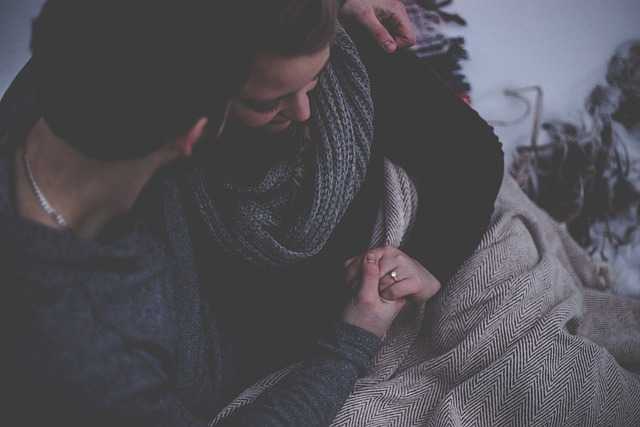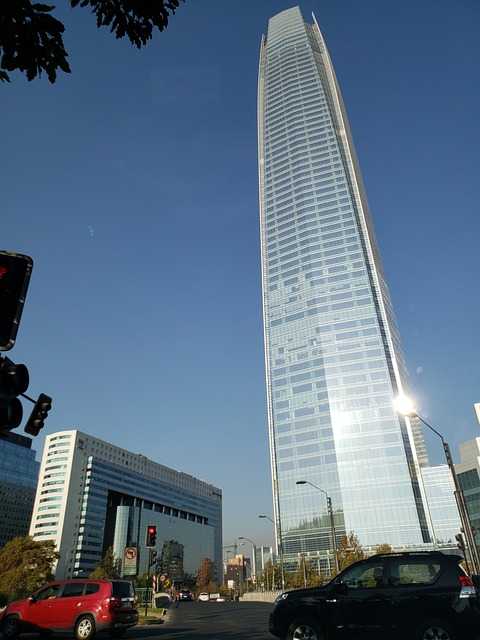Table of Contents
- Exploring the Essence of Abstract Painting Techniques
- Embracing Color and Emotion in Your Artwork
- Unlocking Creativity through Non-Traditional Approaches
- Tips for Developing Your Unique Abstract Style
- Q&A
- The Conclusion
Exploring the Essence of Abstract Painting Techniques
When delving into the world of abstract painting, one quickly realizes that freedom of expression is paramount. Abstract painters often break from traditional representation, striving instead to convey emotions, concepts, or moods through shapes, colors, and lines. Techniques can vary widely, enabling artists to create dynamic pieces that resonate on a personal level. The beauty of abstract painting lies in its ability to evoke different interpretations, inviting viewers to derive meaning based on their own experiences.
Among the various techniques used in abstract painting, layering stands out as a powerful method. Artists may apply multiple layers of paint to create depth and complexity in their work. This can involve both transparent and opaque applications, allowing the colors beneath to influence the top layers. The use of layering can create striking visual effects and emphasizes the richness of color, inviting the observer to explore the intricacies of the piece.
Another popular technique is drip painting, made famous by iconic artists like Jackson Pollock. This method involves allowing paint to fall or drip onto the canvas, creating spontaneous and organic forms. The resulting artwork often gives the sense of movement and energy, embodying the very essence of abstraction. Drip painting celebrates the act of creation itself, turning the process into an integral part of the artwork’s identity.
Lastly, color field painting emphasizes large expanses of color, focusing on the emotional impact that colors can have on the viewer. This technique often uses solid blocks of color and can invoke feelings ranging from tranquility to tumult. The simplicity of the forms in color field painting contrasts with the complexity of the emotions it brings to life, showcasing the profound connection between color and viewer perception.


Embracing Color and Emotion in Your Artwork
In the world of abstract painting, the relationship between color and emotion is both intricate and profound. Each hue carries its own psychological weight, evoking feelings that can dramatically alter the perception of a piece. For instance, vibrant reds often symbolize passion and intensity, while soothing blues can instill a sense of calm. By playing with color combinations, artists can create a harmonious dialogue within their artwork that speaks directly to the viewer’s emotions.
When choosing a palette, it’s essential to consider the meaning behind each color. Here’s a brief guide to understanding some fundamental color associations:
- Red: energy, passion, and action
- Yellow: happiness, optimism, and creativity
- Blue: tranquility, stability, and trust
- Green: growth, harmony, and freshness
- Purple: luxury, mystery, and spirituality
Furthermore, the placement of colors within your composition can amplify emotional responses. For example, a central explosion of warm tones can create a focal point that draws the viewer’s eye, while cool colors that recede into the background can introduce depth and complexity. Artists should not shy away from experimenting with unconventional color juxtapositions, as these combinations often yield surprising results, adding richness to the narrative of the piece.
To fully embrace the emotional power of color, consider utilizing complementary and analogous color schemes. Below is a simple table showcasing examples of these schemes and their emotional undertones:
| Color Scheme | Examples | Emotional Impact |
|---|---|---|
| Complementary | Red & Green | Vibrant conflict, dynamic balance |
| Analogous | Blue, Blue-Green, Green | Harmonious unity, peaceful flow |
Ultimately, abstract painting is an invitation to explore and express. By carefully considering color choices and their emotional resonance, artists have the power to create mesmerizing works that engage the heart and mind, allowing viewers to connect deeply with their emotions and experiences.


Unlocking Creativity through Non-Traditional Approaches
Exploring creativity through new lenses can yield remarkable results, especially in the realm of abstract painting. By stepping away from conventional methods, artists can harness a more instinctive and experiential form of expression. Rather than following rigid guidelines, this approach encourages spontaneity and a deeper emotional connection to the canvas. Techniques such as free painting, where the brush dances without a predetermined outcome, invite a fluidity that mirrors the complexities of human emotions.
Consider the importance of color theory in unlocking imaginative potential. Artists can experiment with unexpected color combinations to evoke particular feelings or sensations. Rather than relying solely on harmonious palettes, embracing discordant hues can lead to striking visual impact. Playing with texture is another important factor; the use of different tools—from palette knives to sponges—can create unique patterns and depth, drawing viewers into a more immersive experience.
Breaking away from traditional canvases can also spark new ideas. Alternative surfaces such as wood, fabric, or even recycled materials offer unexpected textures and visual dynamics. Engaging with diverse mediums invites artists to explore various techniques such as collage or mixed media, thereby enhancing their imaginative repertoire. When the canvas transforms into a playground for experimentation, each stroke becomes an opportunity to engage deeply with the creative process.
| Traditional Approach | Non-Traditional Approach |
|---|---|
| Follows structured techniques and styles | Emphasizes freedom and intuition |
| Relies on realistic representation | Explores abstract forms and emotions |
| Paints on standardized canvases | Utilizes diverse, unconventional surfaces |
| Often focused on art training and critique | Encourages self-expression and personal growth |
Sharing and collaborating with others can further stimulate creativity. Workshops that emphasize collective painting can break down barriers and foster an environment ripe for innovative thought. Feedback from peers allows for insights that might not be evident when working in isolation. The magic of a shared artistic experience often fosters community and drives collective inspiration, leading to truly extraordinary results that embody the spirit of creativity.


Tips for Developing Your Unique Abstract Style
Exploring the world of abstract painting opens a realm where creativity knows no bounds. To carve out your unique style, start by embracing experimentation. Allow yourself to work with a variety of techniques and materials, from mixed media to traditional brushes. Try to incorporate unconventional tools such as palette knives, sponges, or even your hands. Each session can reveal new textures and patterns that resonate with your artistic voice. The key is to approach your canvas with a sense of curiosity, letting go of the pressure to produce a masterpiece from the start.
Consider the emotional impact of color when developing your abstract style. Colors evoke feelings and set the tone of the artwork. Create a color palette that speaks to you and reflects your personal experiences or thoughts. Experiment with color theory, mixing shades, and creating gradients that provoke specific emotions. As you paint, pay attention to how the colors interact; this can guide your decisions and align with your artistic vision. Keeping a color journal can also prove beneficial in tracking your emotional responses to various hues.
Another crucial aspect is understanding composition. Unlike more representational forms of art, abstract painting relies heavily on the arrangement of shapes, lines, and colors. Consider different compositional techniques, such as the rule of thirds, balance, contrast, and focal points. Try sketching out several compositions before committing to canvas; this can help you visualize how your elements will interact. Additionally, don’t shy away from breaking the rules—you might discover a refreshing balance that turns traditional perceptions upside down.
embrace your personal narrative. Abstract art is often a reflection of the artist’s unique perspective. Incorporate elements from your life, memories, or experiences that shape who you are. Perhaps it’s a story about transformation or a response to the world around you. These narratives can manifest as symbols or subtle shapes in your work, giving deeper meaning to your pieces. Connecting your art to your personal history will not only make your style distinctive but also more relatable to others.
